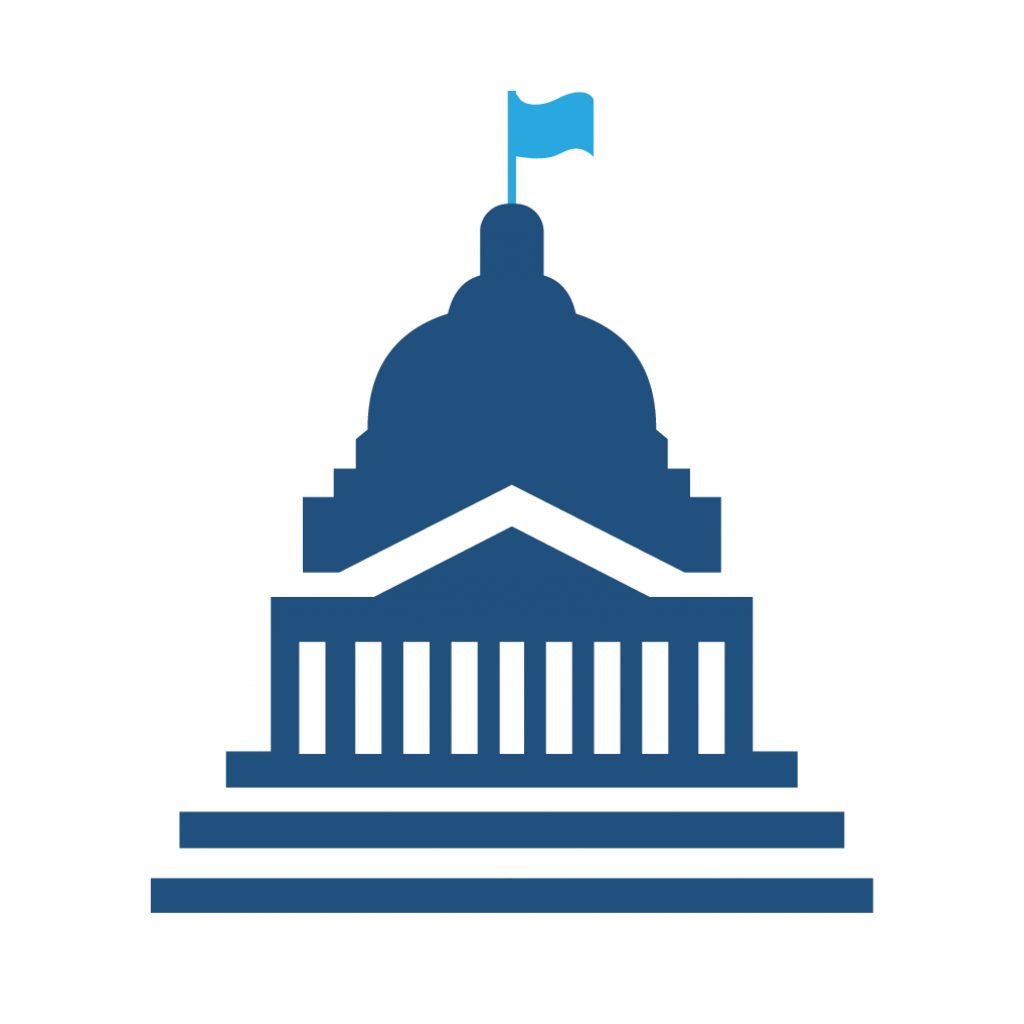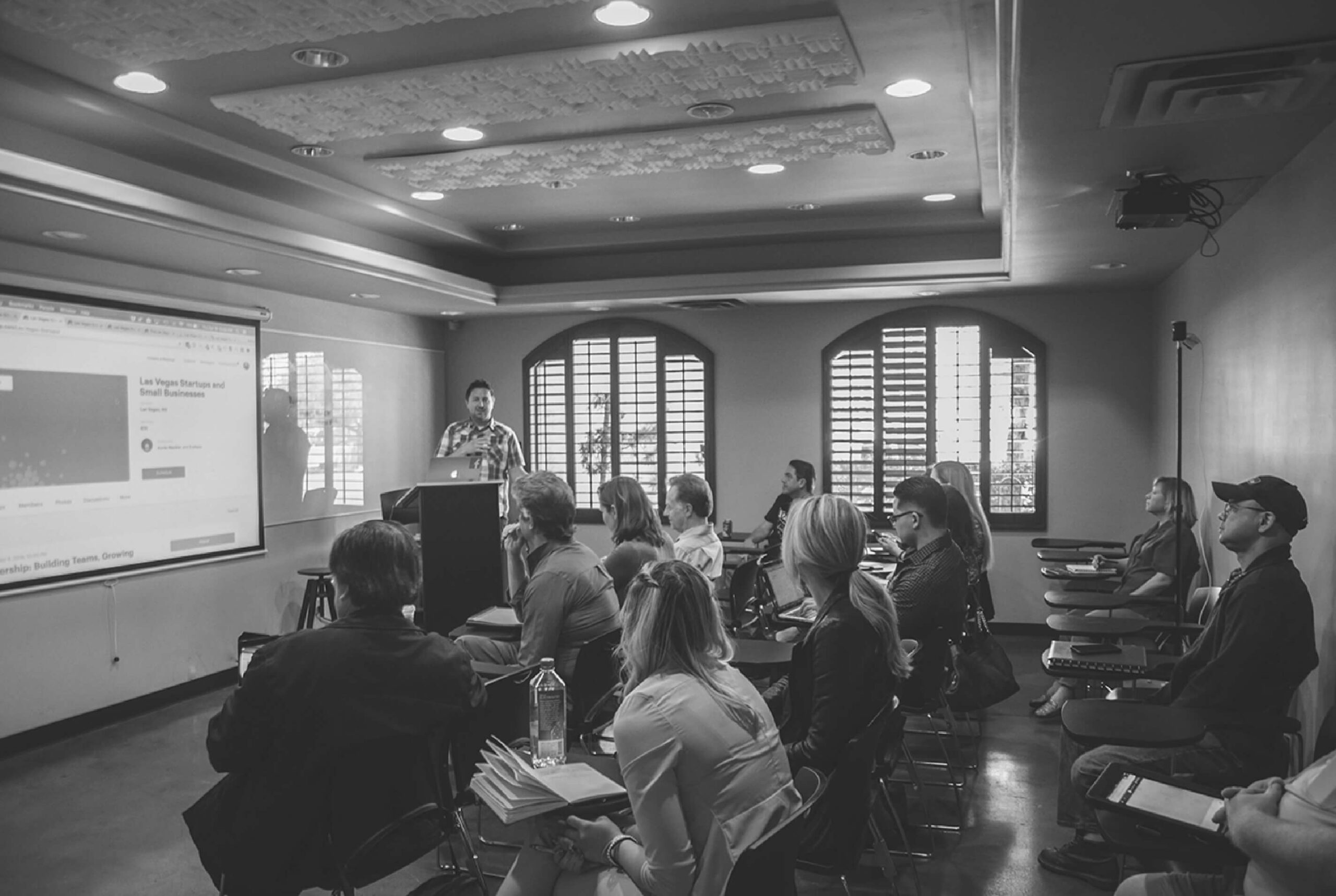
If last year’s budget address brought a feeling of relief, today’s budget address evoked hope. The Governor’s proposed investment of $122 million in additional state financial aid will help students afford college; increases in university and college appropriations will help our institutions better serve students; and funding for a variety of programs targeted to help future educators and healthcare workers will respond to the evolving needs of students and the state.
At this time last year, we were taking a sigh of relief. While PCC advocated for a $50 million increase in funding for Illinois’ need-based Monetary Award Program (MAP), we understood that Governor Pritzker’s more modest increase of $28 million reflected the shifting environment created by the COVID-19 pandemic. Amid an expected budget shortfall and general fiscal uncertainty, we braced for potential cuts but were solaced when universities received level funding. We knew that delivering on the Governor’s campaign promises of four years ago would take a historic commitment to funding higher education. In the proposal shared today, that commitment was realized.
The Governor’s address today offered much to parse and celebrate, including tax relief and additional pension funding. For higher education, in particular, the highlights include:
- Additional $122 million in MAP funding, to bring total funding of the program up to more than $600 million
- This includes a significant increase in the purchasing power of MAP
- It will serve an additional 6,400 degree-seeking students and 18,000 students in short-term certificate programs
- 5% increase in public university and community college appropriations
- $25 million toward a new pipeline for healthcare workers at community colleges
- $2.3 million increase for the Minority Teachers of Illinois (MTI) program
- Removal of a $230 million unfunded liability for Illinois’ prepaid tuition fund
All of these elements come together to boost Illinois’ college-going ecosystem, in a time of significant declines in enrollment and when increasing access and affordability for students is of critical importance. The standout item in this budget, though, is the $122 million increase in the MAP program. Last year, more than 53,000 eligible students who aspired to attend an Illinois college or university were denied a MAP award because state funding fell short of demand. Notably, this number has shrunk every year of the Pritzker administration, and part of that is due to increased investment. Today’s proposed investment would continue that trend, allowing 24,000 additional students to benefit from MAP. However, the number of applicants is also declining every year, as college becomes more unaffordable, and the COVID-19 crisis has made college-going decisions even more tenuous. The Governor’s proposed increase addresses affordability by increasing the historically stagnant amount that students receive, boosting the maximum award from $6,500 to $8,500. This change will increase the average award amount by 20%, which will now cover 38% of the cost of tuition at Illinois public universities and 54% at community colleges.
The 5% increase in appropriations for public universities and community colleges is significant as well. It’s structured as a $68 million increase retroactive for FY22 and allotted for FY23, quickly infusing institutions with funds and then maintaining them. State appropriations play an important role in keeping college affordable by helping institutions hold down tuition rates. Investments in colleges and universities have a direct impact on affordability, access, and completion, and if targeted intentionally, they can increase college completion for students who have been marginalized by past state policy and budget decisions.
Additional investments in higher education will help build Illinois’ healthcare and teaching workforce. The FY23 Budget calls for $25 million to create the Pipeline for the Advancement of Healthcare (PATH) workforce program at community colleges, an additional $2.3 million for the Minority Teachers of Illinois (MTI) Scholarship, and $2.5 million more for adult education and career and technical education. Finally, the budget allocates the $230 million needed to support Illinois’ prepaid tuition program, making good on those formerly unfunded promises.
While today’s budget address offers much to celebrate, the Partnership was disappointed to see that the Governor did not adopt the Illinois Board of Higher Education’s (IBHE) proposed equitable distribution of public university funding. PCC would urge the Governor to reconsider how additional funding is allocated to public universities. IBHE has taken its own bold steps in this pandemic, distributing funding to universities based on the student populations they serve. Similarly, IBHE’s budget proposal requested a 5% increase in institutional funding, but recommended that it be distributed to universities based on a measure of their needs, not an extension of the current arbitrary funding structures that give more funding to the best-resourced universities.
The Governor’s proposed budget maintains the current system of funding distribution, and his reasoning is understandable – the desire to maintain the “historic” model of distributing new funds, while letting the Commission on Equitable Public University Funding lead on any future distribution of funding. But an across-the-board increase is not the status quo, it’s a choice. And this choice, compared to a more equitable one – like the one offered in IBHE’s proposal – takes funding from the universities that enroll more students of color and students from low-income backgrounds, and gives it to universities that have more resources. It chooses to reinforce the current system, even as it acknowledges its inequity. We are pleased with what this increase will mean for students, but we will also continue to advocate for a more equitable distribution of state funds on their behalf.
The work in funding MAP, too, is not done. Even with this historic increase, thousands of eligible students who aspire to college will receive no funding. To ensure students from low-income households—those who are also disproportionately impacted by the effects of the COVID pandemic—have one less barrier to affordably access and complete college, we have to continue to press for all MAP-eligible students to receive funding. This is also the only way to begin to address the enrollment crisis. However, the Governor’s proposal is by far the biggest step toward this goal that Illinois has seen in the last 20 years, giving us hope that a fully-funded MAP program is within reach.
These critical investments, if adopted by the legislature, can reinforce higher education as a gateway to financial stability for students from low-income households, drive more students to Illinois’ diverse state colleges and universities, and set the stage for a more prosperous, complete, and equitable recovery.

